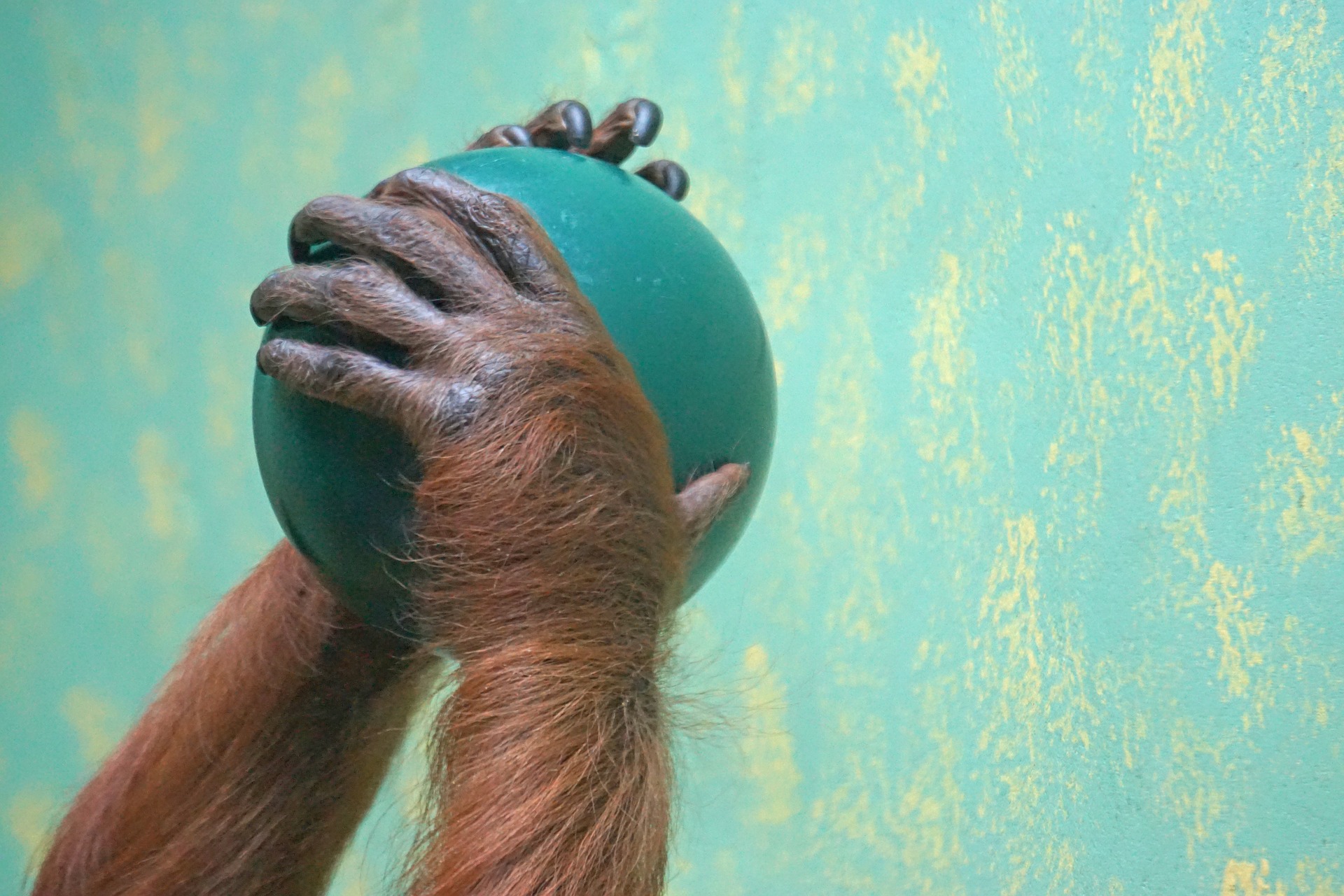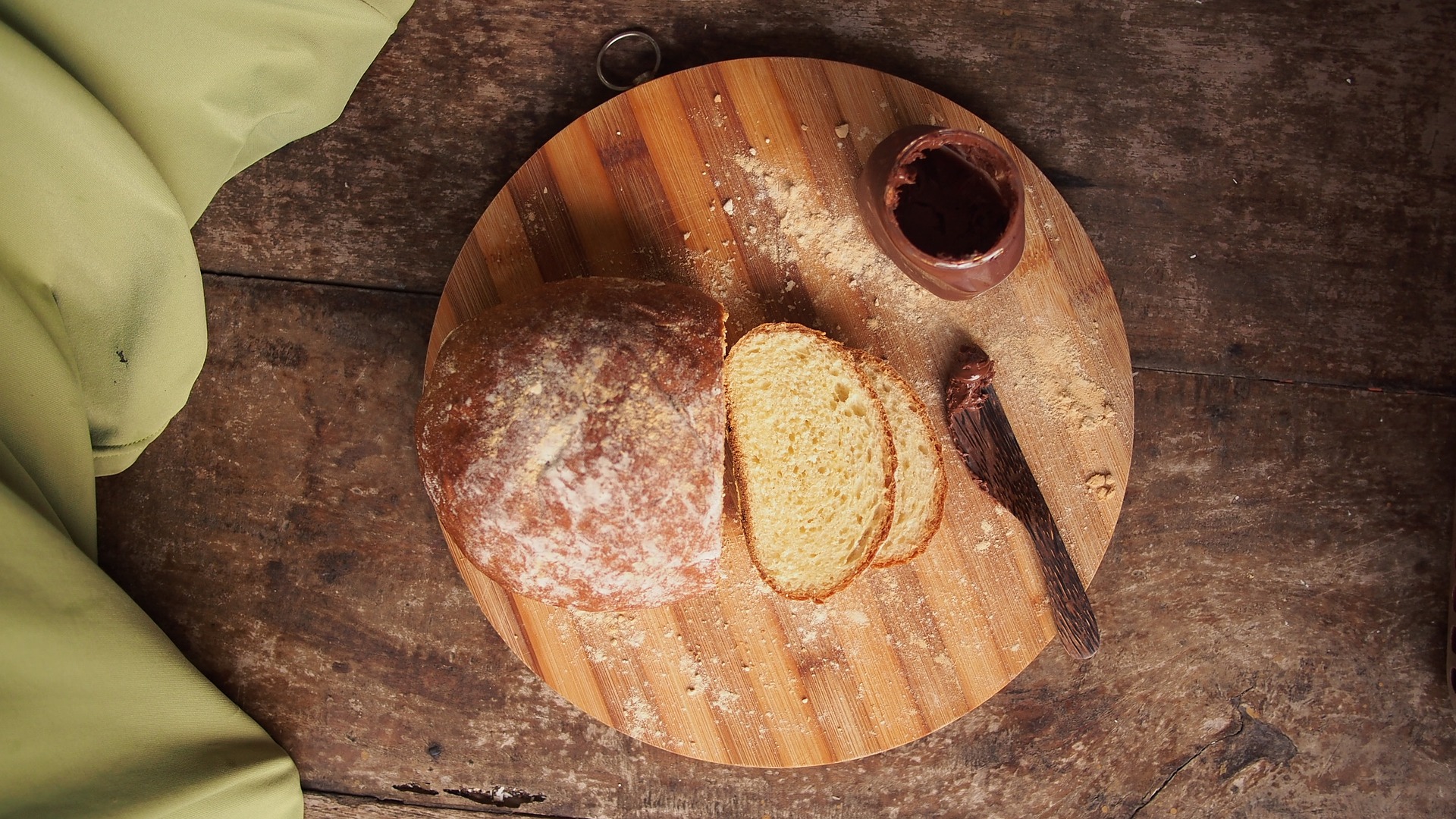Over the summer months, I tend to eat lighter and healthier which equates to less carbs and less food cravings for red meat and snacks. During the holidays however, I seem to have more sugar and fatty food cravings. On several occasions, I’ve noticed that those food cravings are more prevalent during certain times of the year and when I visit certain parts of the world, and it’s not just because those “cravings” are the only things that locals eat.

Credit: pixelmixer/pixabay
I currently live in northern California yet I have lived in ten countries, which include more than my fair share of cold-weathered cities. There’s no question that colder climates can make you crave heartier dishes and hotter temperature foods, even though Brits argued that soups and curries helped them cool down in India during the colonial years.
Since living on the west coast, I crave more sushi than when I lived in Boston. When I visit northern European cities, I crave more red meat even if there’s fish or chicken on the menu and the weather is warm.
Culture contributes to those cravings and may explain why my Italian-born friends prefer a crisp Sauvignon Blanc over a buttery Chardonnay and how I developed such a tight bond with South African biltong that it’s hard to convince natives that I wasn’t raised there.
That said, there are some dishes I crave that feel like they’re “part” of who I am, such as squash, kobasa, duck, and toast for starters. Call it comfort food but I wonder, is it a craving for “comfort” or is it connected to heritage, where generations of eating certain things gets passed on, embedded in our DNA if you will?
When my grandfather sat down for lunch, his staple to-go plate included cold meats, sausages, pickles and onions. My grandmother would make a side bowl of onions for every meal since he added onions to nearly every plate that touched the table.

Credit: Photo-mix/pixabay
Observing this behavior was subliminal at best, yet here I am years later craving many of the same things my grandfather ate, and have noticed a “craving” increase of some of his favorite dishes as I get older.
There are examples of this across the globe, such as the thousands of banana varieties in Africa alone, not to mention vegetables and fruits not that plentiful in the west like guava and okra. Whatever we have an abundance of, we eat, another reason I’m thrilled when the holidays are over.
When we lived in Florida, oranges were a regular sighting in our kitchen as was coconut juice when I hung my hat in Kenya. I lived on curries in London and ate French fries with peanut butter sauce in Amsterdam.
But, how much of our food cravings are connected to other factors such as our body chemistry and general health? (see how our article on the connection between brain function and the food we eat)
Rest assured, there are lots of foods that make me feel better, such as fruits and vegetables. And, when I eat healthier, my body chemistry changes as do my food cravings. When I used to juice regularly, I’d find alcohol and low-alkaline foods hard to stomach. Our bodies adapt just as our ancestor’s bodies adapted to different kinds of foods as a result of changes in climate, food availability and the economy. (Think The Depression).
Many doctors and health experts may argue that our food cravings have nothing to do with heritage whatsoever. There’s certainly no shortage of doctor-blessed diets that promise to reduce your food cravings, decrease your “bad” cholesterol and add years to your life.
D’Adamo suggests that the human blood type is key to the body’s ability to differentiate self from non-self. Lectins in foods, he asserts, react differently with each ABO blood type and to a lesser extent with an individual’s secretor status.
One source suggests that orange juice is bad for my blood type whereas grapefruit juice and I should shine. The truth is that while I like both, I prefer grapefruit juice and “feel” healthier drinking it.
One of the noted symptoms of adrenal fatigue, a condition where your adrenal glands become “tired”, is a craving of salty, fatty, and high protein food such as meat and cheese. Some blood type diets observe that Type O’s don’t find dairy products and grains as ‘body-friendly.” It makes you wonder what percentage of people from northern Europe are Type O’s versus those who hail from Africa or Asia?
Chinese Medicine for Maximum Immunity by Elias & Kethum suggest that I should add more “cool foods” to my diet and avoid red vegetables such as tomatoes and red peppers which can make you feel more “irritable & off-balance” and bitter foods and beverages, which are considered more ‘healing.’
They focus on five elemental types: wood, fire, earth, metal, and water. After doing a questionnaire, they recommend certain foods based on your results and tell you to avoid others, with the goal of getting your body into balance and harmony.

Credit: heshidayat/pixabay
Albeit not new, Dr. Barnet Meltzer has written about something he refers to as “food swings”, the reactions in your mind and body to what you eat, a link between your diet and your emotional and physical well-being. Female friends have admitted that they may eat more at times when they knowingly don’t want to attract men into their lives.
Those who have tried the Atkins Diet know that it makes you forget about carbs after the first week and soon, its promise to drop the pounds becomes a reality, for a price that is and not necessarily a healthy one.
A highly alkaline and juice diet made me enjoy raw foods in a way I never thought was possible. Being a vegetarian for awhile made me despise the smell of meat for a few years and Rosedale’s diet argues that Leptin, a hormone produced by fat cells, tells the brain when to eat, how much to eat and when to stop eating.
The time of day you eat is also a factor. When I returned from Italy several years ago, I craved pasta in the mornings and it wasn’t until I avoided carbs until late afternoon that those sharp cravings disappeared.
The Telegraph’s Science Correspondent Richard Alleyne unveiled research in 2009 that examined how the time of day you eat affects how much weight you put on; eating high fat foods during the day led to a 20 per cent weight gain. (also see Sleep, Diet & Down Time on the Road and Seasons Change and so Does your Body )
This is just the beginning of an exploration of how food cravings are connected to heritage, location, time and health. If you have ever documented your food cravings and have insights to share, let’s evolve the conversation.
Over to you, health and wellness afficiandos, doctors, researchers, experts and those who are as genuinely curious as I am about this topic. Let’s hear your thoughts in the comments below.

Renee Blodgett is the founder of We Blog the World. The site combines the magic of an online culture and travel magazine with a global blog network and has contributors from every continent in the world. Having lived in 10 countries and explored over 90, she is an avid traveler, and a lover, observer and participant in cultural diversity. She is also the founder of the Magdalene Collection, a jewelry line dedicated to women’s unsung voices and stories, and the award-winning author of the bestselling book Magdalene’s Journey
She is founder of Blue Soul Media and co-founder of Blue Soul Earth as well as the producer and host of the award-winning Blue Soul CHATS podcast, that bridges science, technology and spirituality. Renee also founded Magic Sauce Media, a new media services consultancy focused on viral marketing, social media, branding, events and PR. For over 20 years, she has helped companies from 12 countries get traction in the market. Known for her global and organic approach to product and corporate launches, Renee practices what she pitches and as an active user of social media, she helps clients navigate digital waters from around the world. Renee has been blogging for over 16 years and regularly writes on her personal blog Down the Avenue, Huffington Post, BlogHer, We Blog the World and other sites. She was ranked #12 Social Media Influencer by Forbes Magazine and is listed as a new media influencer and game changer on various sites and books on the new media revolution. In 2013, she was listed as the 6th most influential woman in social media by Forbes Magazine on a Top 20 List.
Her passion for art, storytelling and photography led to the launch of Magic Sauce Photography, which is a visual extension of her writing, the result of which has led to producing six photo books: Galapagos Islands, London, South Africa, Rome, Urbanization and Ecuador.
Renee is also the co-founder of Traveling Geeks, an initiative that brings entrepreneurs, thought leaders, bloggers, creators, curators and influencers to other countries to share and learn from peers, governments, corporations, and the general public in order to educate, share, evaluate, and promote innovative technologies.








